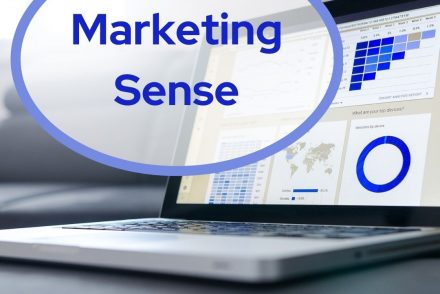
Marketing Sense
How to Grow Your Audience Using Online Workshops: Part Three
We’re exploring workshop titles in this third part of our ongoing series. In our first month we chose our…
June 12, 2022
We’re exploring workshop titles in this third part of our ongoing series. In our first month we chose our…
June 12, 2022
Last month we began this series by choosing the marketing message for a workshop on ice fishing. Ice fishing?!?…
May 12, 2022
What is a lead magnet? A lead magnet is a marketing term for a free item or service that is given…
October 8, 2020
Do details matter? In the world of blogging, I would say, “Yes.” You labor over a beautifully crafted blog…
October 24, 2018
When I started blogging, I researched examples online. I came across a blogger who posted one paragraph a day.…
September 24, 2018